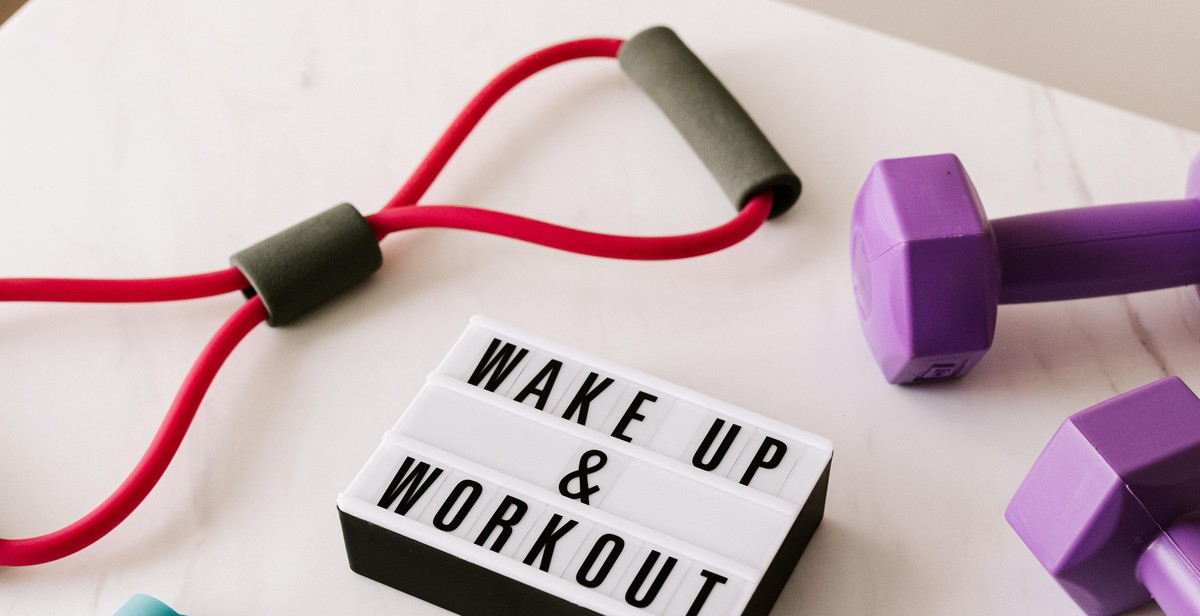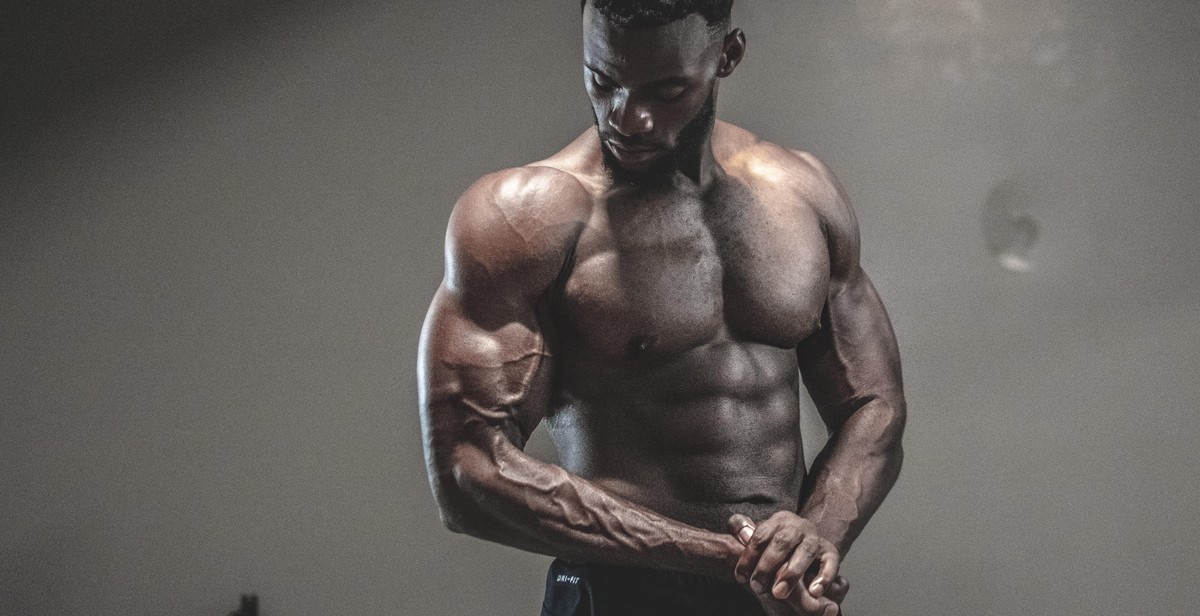How to Improve Upper Body Strength with These Simple Exercises
Upper body strength is essential for overall health and fitness. Whether you’re an athlete looking to enhance your performance or someone who wants to improve their daily activities, building a stronger upper body is a great way to achieve your goals. In this article, we will discuss some simple and effective exercises that can help you improve your upper body strength.
Why Upper Body Strength is Important
Your upper body is responsible for many of the movements you perform on a daily basis. From carrying groceries to playing sports, having a strong upper body can make these activities easier and more efficient. Additionally, a strong upper body can help prevent injuries and improve posture.
Simple Exercises to Improve Upper Body Strength
There are many exercises you can do to improve your upper body strength. Some of the most effective exercises include:
- Push-ups
- Pull-ups
- Dumbbell rows
- Bench press
- Shoulder press
These exercises can be done with or without weights, and can be modified to suit your fitness level. By incorporating these exercises into your workout routine, you can improve your upper body strength and achieve your fitness goals.
Conclusion
Improving your upper body strength can have a significant impact on your overall health and fitness. By incorporating these simple exercises into your workout routine, you can build a stronger upper body and achieve your fitness goals.
Why is Upper Body Strength Important?
Upper body strength is an essential component of overall physical fitness. It includes the muscles of the chest, back, shoulders, arms, and core. Building upper body strength has numerous benefits, including:
- Improved Posture: Upper body strength helps to maintain good posture by supporting the spine and keeping the shoulders back. Good posture reduces the risk of injury and promotes better breathing.
- Increased Muscle Mass: Building upper body strength can increase muscle mass, which can improve overall body composition and increase metabolism. This can lead to a decrease in body fat and an increase in lean muscle mass.
- Better Functional Movement: Upper body strength is essential for performing daily activities such as lifting, carrying, pushing, and pulling. A strong upper body can also improve athletic performance in sports that require upper body strength such as basketball, tennis, and swimming.
- Reduced Risk of Injury: A strong upper body can help to prevent injuries by providing support and stability to the joints. It can also improve balance and coordination, reducing the risk of falls.
- Improved Confidence: Building upper body strength can improve self-confidence and self-esteem. It can also improve body image and make individuals feel more comfortable and confident in their own skin.
How Upper Body Strength Affects Daily Life
Upper body strength plays a vital role in daily life. It is essential for performing everyday tasks such as lifting groceries, carrying children, and doing yard work. It is also important for maintaining independence as we age.
Individuals with strong upper bodies are better equipped to handle daily activities and are less likely to experience pain or injury. They are also more likely to maintain their independence and quality of life as they age.
Overall, building upper body strength is essential for improving physical fitness, preventing injury, and maintaining independence. Incorporating upper body exercises into your fitness routine can have a significant impact on your overall health and well-being.

Exercises to Improve Upper Body Strength
If you want to improve your upper body strength, there are several exercises that you can do. Here are some of the most effective exercises:
1. Push-Ups
Push-ups are a classic exercise that work your chest, shoulders, and triceps. They can be done anywhere and require no equipment. Start with a few sets of 10-15 reps and gradually increase the number of reps or sets as you get stronger.
2. Pull-Ups
Pull-ups are another great exercise for building upper body strength. They work your back, biceps, and shoulders. If you can’t do a full pull-up, start with assisted pull-ups or try using a resistance band. Aim for 3-4 sets of 8-12 reps.
3. Bench Press
The bench press is a classic strength exercise that targets your chest, shoulders, and triceps. You can do it with a barbell or dumbbells. Start with a weight that you can comfortably lift for 8-10 reps and gradually increase the weight as you get stronger.
4. Shoulder Press
The shoulder press is a great exercise for building shoulder strength. You can do it with a barbell or dumbbells. Start with a weight that you can comfortably lift for 8-10 reps and gradually increase the weight as you get stronger.
5. Dumbbell Flyes
Dumbbell flyes are a great exercise for targeting your chest muscles. Lie on a bench with a dumbbell in each hand and lower the weights out to the sides, keeping a slight bend in your elbows. Bring the weights back up to the starting position. Aim for 3-4 sets of 8-12 reps.
6. Bicep Curls
Bicep curls are a classic exercise for building bicep strength. You can do them with dumbbells or a barbell. Start with a weight that you can comfortably lift for 8-10 reps and gradually increase the weight as you get stronger.
7. Tricep Extensions
Tricep extensions are a great exercise for targeting your triceps. You can do them with dumbbells or a cable machine. Start with a weight that you can comfortably lift for 8-10 reps and gradually increase the weight as you get stronger.
8. Rows
Rows are a great exercise for building back strength. You can do them with a barbell or dumbbells. Start with a weight that you can comfortably lift for 8-10 reps and gradually increase the weight as you get stronger.
By incorporating these exercises into your workout routine, you can improve your upper body strength and achieve your fitness goals.

How to Incorporate Upper Body Strength Training into Your Workout Routine
Upper body strength training is an essential part of any workout routine. It helps to build and tone muscles in the chest, shoulders, arms, and back. Here are some tips on how to incorporate upper body strength training into your workout routine:
Frequency
It is recommended to train your upper body at least twice a week. This will give your muscles enough time to recover and grow between workouts. However, if you are a beginner, start with once a week and gradually increase the frequency as your body adapts.
Repetitions and Sets
The number of repetitions and sets you perform will depend on your fitness goals. If you want to build strength and muscle mass, aim for 8-12 repetitions per set. If you want to tone and define your muscles, aim for 12-15 repetitions per set. It is recommended to perform 3-4 sets per exercise.
Progression
Progression is key to achieving your fitness goals. As your muscles adapt to your workout routine, it is important to increase the intensity of your exercises. This can be done by increasing the weight you lift, the number of repetitions you perform, or decreasing the rest time between sets. However, it is important to progress gradually to avoid injury.
| Exercise | Sets | Repetitions |
|---|---|---|
| Bench Press | 3-4 | 8-12 |
| Push-ups | 3-4 | 12-15 |
| Shoulder Press | 3-4 | 8-12 |
| Bicep Curls | 3-4 | 8-12 |
| Tricep Extensions | 3-4 | 12-15 |
| Lat Pulldowns | 3-4 | 8-12 |
Some exercises that you can incorporate into your upper body strength training routine include bench press, push-ups, shoulder press, bicep curls, tricep extensions, and lat pulldowns. Remember to warm up before your workout and cool down afterwards to prevent injury.

Tips for Improving Upper Body Strength
Improving your upper body strength is crucial for overall fitness and health. Here are some tips to help you get started:
Proper Form
Proper form is essential when it comes to strength training. It not only helps you to target the right muscles but also reduces the risk of injury. When performing upper body exercises, make sure that your back is straight, your shoulders are down, and your core is engaged. Avoid arching your back or hunching your shoulders.
Breathing Technique
Proper breathing is also crucial when it comes to strength training. Inhale deeply before starting the exercise and exhale as you lift the weight. This helps to provide oxygen to your muscles and prevent fatigue. Avoid holding your breath as it can increase blood pressure and reduce oxygen supply to your muscles.
Rest and Recovery
Rest and recovery are essential for muscle growth and strength. Allow your muscles to rest for at least 48 hours between workouts. This gives them time to recover and repair. Adequate rest also helps to prevent injuries and fatigue.
Nutrition
Nutrition plays a significant role in building and maintaining muscle mass. Ensure that your diet is rich in protein, which is essential for muscle growth. Eat a balanced diet that includes whole grains, fruits, vegetables, and healthy fats. Stay hydrated by drinking plenty of water before, during, and after your workouts.
By following these tips, you can improve your upper body strength and achieve your fitness goals. Remember to consult with a professional trainer or healthcare provider before starting any new exercise routine or making significant dietary changes.
Conclusion
Improving upper body strength is essential for overall fitness and health. The exercises and techniques outlined in this article can help you achieve your goals and feel stronger and more confident in your daily life.
Key Takeaways
- Upper body strength is important for everyday activities and sports performance.
- Compound exercises like push-ups, pull-ups, and bench press are effective for building upper body strength.
- Incorporating resistance bands, dumbbells, and kettlebells can add variety and intensity to your workouts.
- Proper form and technique are crucial for avoiding injuries and maximizing results.
- Consistency and progression are key for seeing improvements in your upper body strength over time.
Final Thoughts
Remember to listen to your body and adjust your workouts as needed. It’s important to challenge yourself, but not at the expense of your safety and well-being. With dedication and hard work, you can improve your upper body strength and achieve your fitness goals.
| Author | John Doe |
| Date Published | June 1, 2021 |
| References |
|
